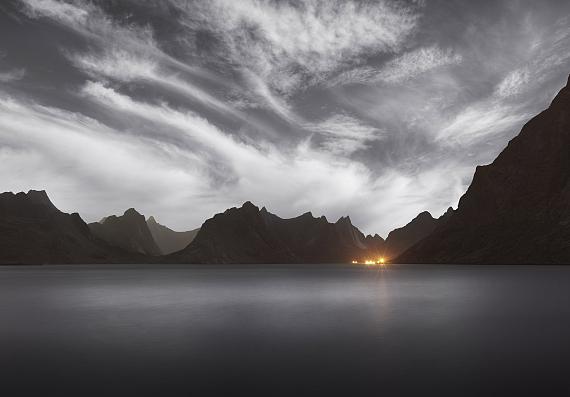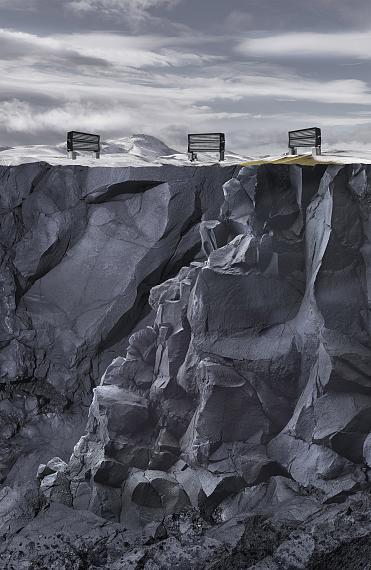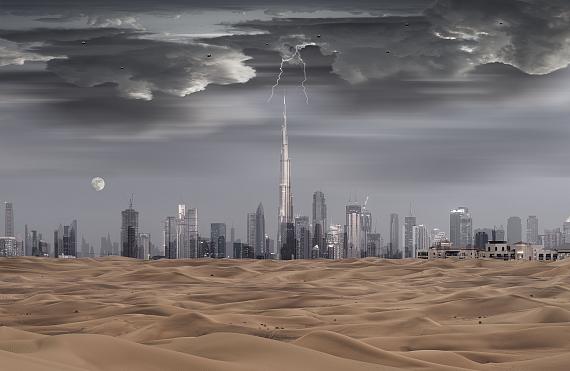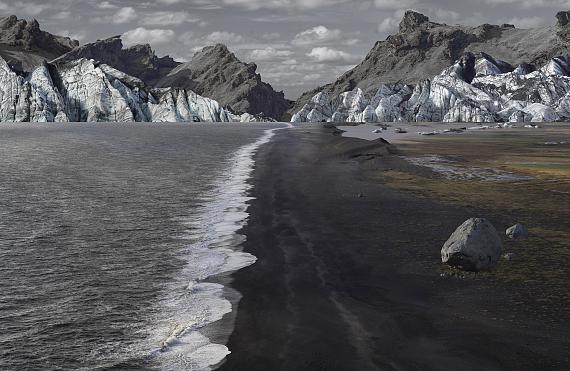
132 x 202 cm, edition of 6
© Michael Najjar
Michael Najjar »
Arco Madrid 2022
Exhibition: 22 Feb – 27 Feb 2022

Galería Juan Silió
C/ Dr. Fourquet, 20
39003 Madrid
+34-914-858 532
madrid@juansilio.com
www.juansilio.com
Tue-Fri 11-19, Sat 11-14

202 x 132 cm, edition of 6
© Michael Najjar
Arco Madrid 2022
22 - 27 February 2022
Michael Najjar
"cool earth"
Galería Juan Silió
Booth: 9A22
More information:
www.michaelnajjar.com
www.ifema.es/en/arco-madrid
Galería Juan Silió proudly presents work from Michael Najjar's latest series "cool earth".
The series deals with our planetary future in times of climate change. It addresses the far-reaching ecological, economic and cultural impact of human-induced climate change which is leading to a redefinition of the relationship between humans and nature. The crisis in the human-nature relationship is existential and influences all areas of human life on our planet. Accelerating climate change is not only a political issue but also an economic, cultural and technological one.
In the Anthropocene era humans have become a geological factor and the most important transformative force in the Earth system. This system is increasingly reaching its stress limits with climate change, species extinction, ocean acidification and destruction of biosphere integrity. In the Anthropocene age humans are changing nature for hundreds of thousands of years into the future; the natural environment is being transformed into a post-natural landscape; the technosphere is enveloping our planet and increasingly expanding into space. It now weighs more than the entire biomass of the planet. We are fast approaching a time when the technical contends with the natural for the future shape of the world. In the coming decades we shall have to engineer a technology-based terraforming of our planet in order to keep it habitable for a steadily growing population. The actions that we take now and in the coming decades will decisively determine the future of our coming generations.
The greatest danger to life on Earth is posed by overheating. The rise in the Earth’s temperature to over 2 C will activate various tipping points in the Earth system, changing a previously stable system into a chaotic one and endangering our civilizational existence. To counteract the advancing climate emergency and the existential threat to our planetary ecosystem, researchers and scientists are increasingly discussing the possibility of large-scale technological intervention in the Earth’s natural systems or climate engineering. The term refers to targeted technological interventions in the Earth’s geochemical and biochemical cycles, in the oceans, in the soil, and in the atmosphere. Measures such as active CO₂ absorption from the air and subsequent carbonisation in the soil, injection of aerosols into the stratosphere to change the solar radiation budget, space reflectors, brightening of clouds, targeted weather modification, dunging of oceans, production of artificial polar ice, desert modification, ocean farming, and large-scale afforestation are just some of the instruments available to the process of climate engineering. In view of the dramatic consequences of climate change for future generations, technological, aesthetic and cultural perspectives need to be rethought. We must think beyond the principle of sustainability to the active restoration of our damaged environment. Disruptive innovation will be the key to the continuation of our civilisation.

132 x 202 cm, edition of 6
© Michael Najjar
The work series "cool earth" spans the arc from a looming dystopian future – which has already arrived in the present – to a technology-based post-fossil world that requires a redefinition of the human-nature relationship. The political, cultural and technical means needed to address the climate crisis lie within our reach yet we continue to head for the abyss. The climate crisis appears to us as a "hyperobject" whose temporal and spatial dimensions cannot be comprehended. This limits humankind’s ability to think cogently about it and implement strategies for action; and this is where art can contribute to setting processes of reflection in motion. The artworks of the "cool earth" series combine science and fiction; they imagine the transition to a world without fossil energy and open up a mental field of possibilities for the viewer of how we could shape a liveable, post-destructive world.

132 x 222 cm, triptych, edition of 6
© Michael Najjar

132 x 202 cm, edition of 6
© Michael Najjar